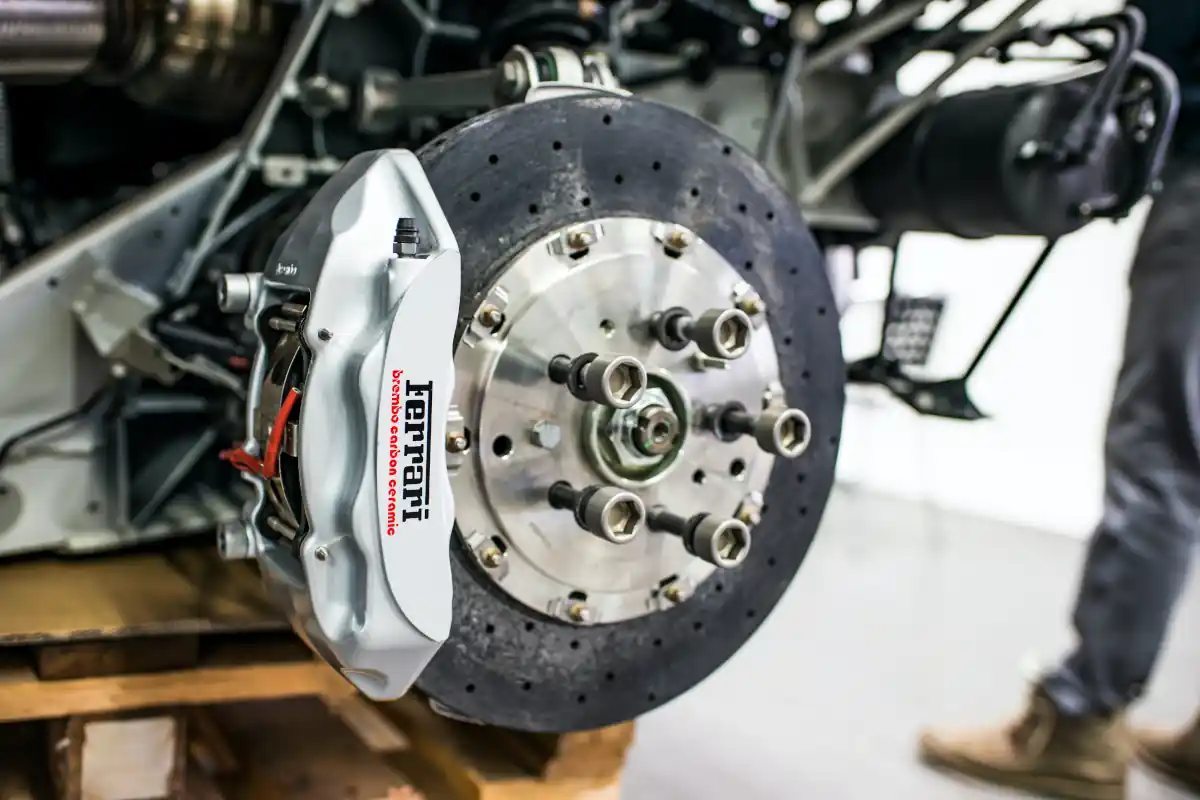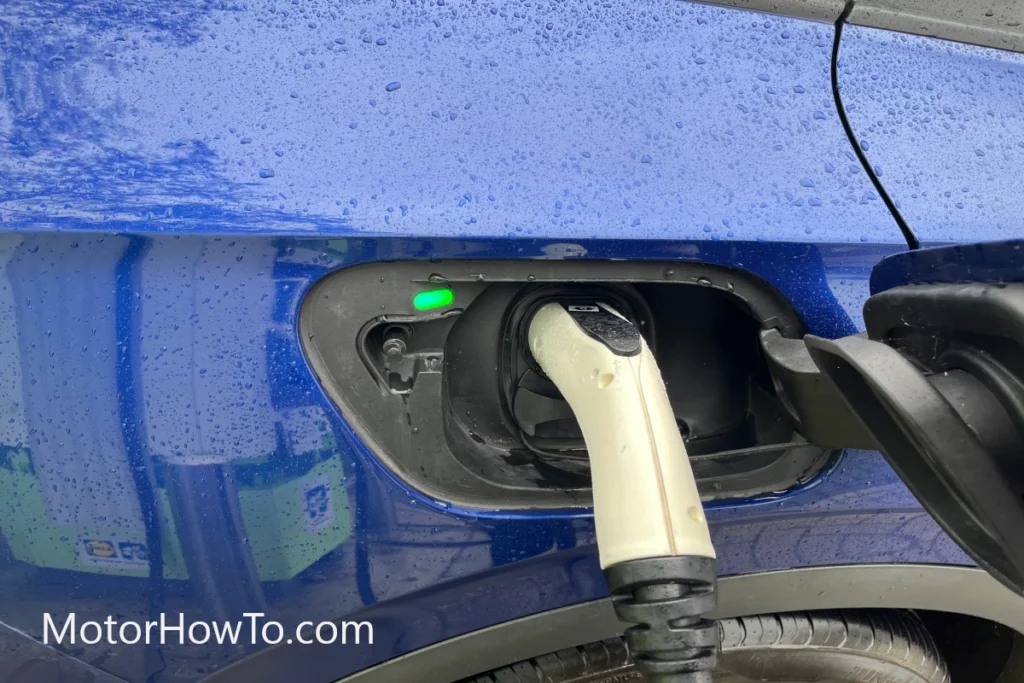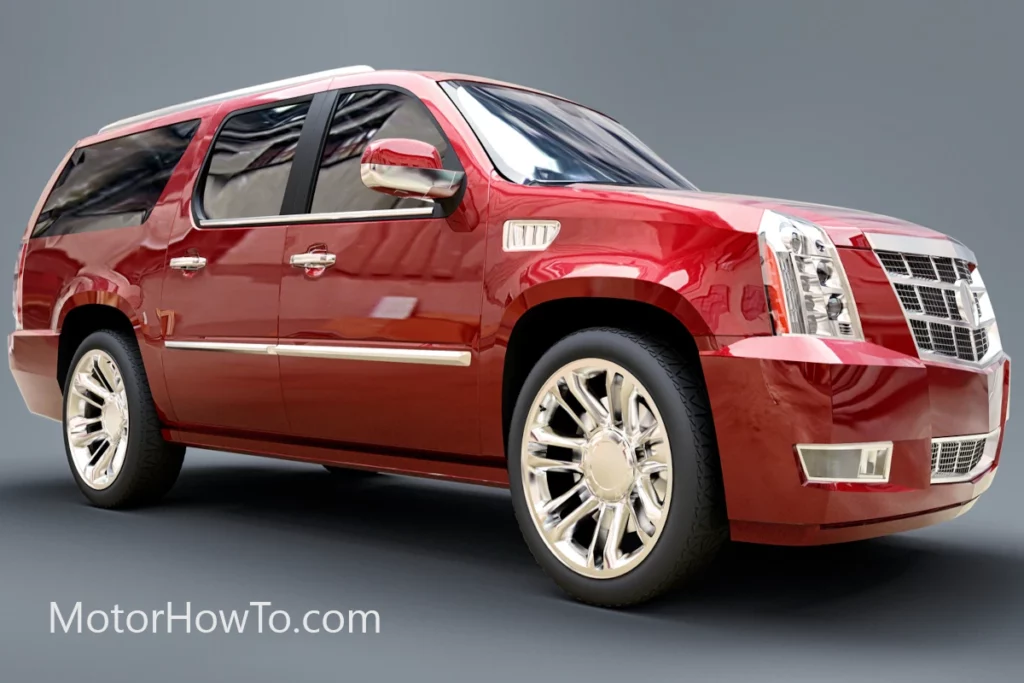One of the things you need to do when it comes to your brakes is to replace the brake pads, especially when the older ones have become too worn out. Now, while this can benefit your brakes as a whole, you may wonder why there is a change in the brake pedal when you step on it. So, what causes the brake pedal to have a longer travel after you change your brake pads?
There are times when a brake pedal can have a longer travel whenever you change your brake pads because the brake pedal is still adjusting. However, there are times when the issue can be due to having excessive air in the brake lines. If that is the case, you should bleed the brakes to remove the excess air.

In a lot of cases, the entire brake system is just merely adjusting to the new pads, and that is why the pedal may have excessive travel. This will normalize eventually.
However, if the problem still persists, the best way for you to fix the issue is to try bleeding your brakes by opening the bleed nipple found in the calipers.
How much brake pedal travel is normal?
Braking is one of the regular things that drivers do on a daily basis, as braking should be second nature for most drivers in the sense that stepping on the pedal becomes automatic when there is a need to stop.
Some cars may vary in terms of their brakes and the pressure to put on the pedal for the brakes to work properly. However, the one thing that any driver would know is that you shouldn’t press the brake pedal too hard to the point that it sticks to the floor.
In that case, how much brake pedal travel is actually normal?
Again, this can be a case-to-case basis because there are some cars that have brake pedals that travel farther while others don’t even need a ton of pressure. However, the general rule is that you should step on the pedal to the point that there should be at least 2 inches of room between the pedal and the floor.
Some cars can allow you to go deeper such as 1½ inches. But the point here is that there should be a good amount of space between the pedal and the floor when you are braking.
What causes long brake pedal travel after changing pads?
Now that you know that your brake pedal should not travel too far when you are braking, why is it that there are some instances where the brake pedal can have a longer travel? This might be the case for those who have just recently changed their brake pads.
Changing brake pads can be quite normal for cars that have already worn out their old brakes. This is something that car owners should be vigilant enough to do, especially when they have noticed that their brakes are no longer as efficient as they were before.
However, changing brake pads can affect the brake system altogether in a way that you might not understand well. One such change is when the travel of the brake pedal increases to the point that you might need to add an inch or a half to it when you are stepping on it.
So, why does this happen?
In a lot of cases, the reason why the brake pedal may have a longer travel after you change brake pads is due to the fact that the system is still adjusting to the change. This can be quite normal in a lot of vehicles because your brake pedals and the components connecting them to the brake pads may not be used to the new brake pads yet.
However, there are also some instances where the problem is not in relation to the system still adjusting. Instead, there might be excess air that is in the brake lines, which are the lines that connect the brake pedal to the brake pads.
The reason why air can cause the brake pedal to have a longer travel is related to how the brakes work. When you step on the pedal, what happens is that the pressure from your foot will be multiplied by the vacuum booster, which sends out the pressure to the brake pads in the form of the brake fluid. The fluid travels along the brake lines to reach the brake pads.
So, when there is excess air in the brake lines, what happens is that the fluid may need more pressure from your foot to reach the brake pads due to how the excess air is taking up space in the brake lines and is blocking the fluid’s path to the brake pads. This will require you to push the brake pedal harder and deeper so that more pressure is applied to the brake fluid.
Now, changing the brake pads can cause air to enter the brake lines because you are disconnecting the old brake pads from the brake lines to install the new ones. This causes air to enter the line while the new brake pads are yet to be installed.
If this is your problem, then the best way to solve it is to bleed your brakes. Bleeding the brakes can be done by opening the bleed nipple found in the individual brake calipers on your wheels. Doing so will allow the air to exit the bleed nipple.
How long does it take for new brake pads to settle?
If your problem is not in relation to your brake lines having excess air, then the reason why the brake pedal needs a longer travel is that the new brake pads are still settling. But how long does it take for the new brake pads to settle?
There really is no exact timetable for how long the new brake pads need to settle because this can be a case-to-case basis. However, the best way for you to allow the brake pads to settle is to actually use the brakes. You can do this by taking your car for a leisurely drive around the city while giving the pedal an extra pump.
But there are some cases where you don’t even need to drive because you can just pump the brake pedal while you are inside the car.
There might be no exact timetable as to how long the brake pads need to settle, but what we can be sure of is that this shouldn’t take too long.
Sources
Excessive Brake Pedal Travel after Changing Pads



